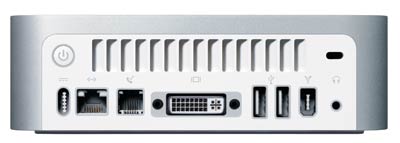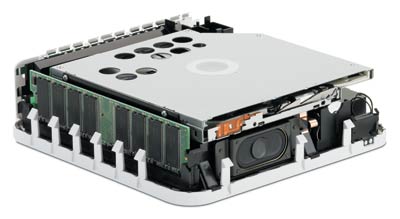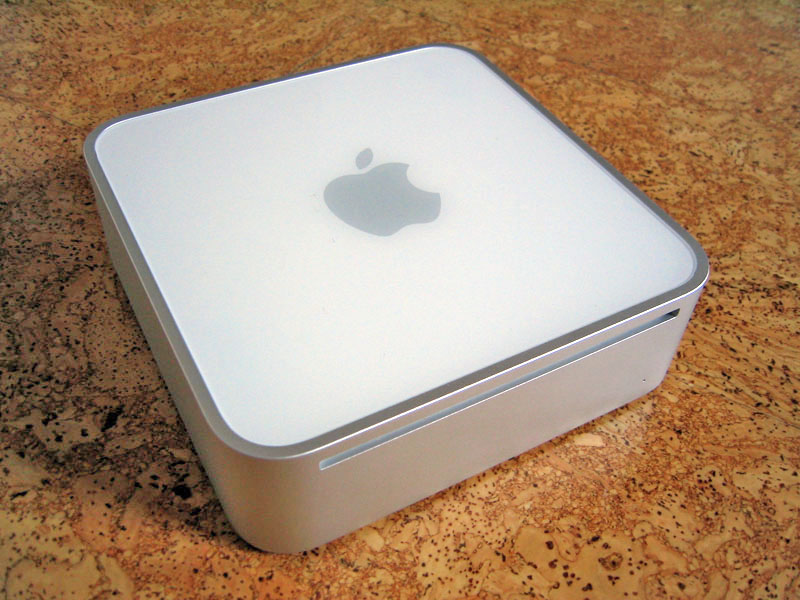In today's look back at the history of products from Apple's workshop, we will remember the arrival of the first generation Mac mini computer. Apple introduced this model at the beginning of 2005. At that time, the Mac mini was supposed to represent an affordable version of Apple's computer, suitable especially for users who are just deciding to enter the Apple ecosystem.
It could be interest you

At the end of 2004, speculation began to intensify that a new, significantly smaller model of a personal computer could emerge from Apple's workshop. These speculations were finally confirmed on January 10, 2005, when the Cupertino company officially presented its new Mac Mini along with the iPod shuffle at the Macworld conference. Steve Jobs called the new product at the time the cheapest and most affordable Mac ever - and he was right. The Mac Mini was meant to be aimed at less demanding customers, as well as those buying their first Apple computer. Its chassis was made of durable aluminum combined with polycarbonate. The first generation Mac Mini was equipped with an optical drive, input and output ports and a cooling system.
The Apple chip was equipped with a 32-bit PowerPC processor, ATI Radeon 9200 graphics and 32 MB DDR SDRAM. In terms of connectivity, the first-generation Mac Mini was equipped with a pair of USB 2.0 ports and one FireWire 400 port. Network connectivity was provided by 10/100 Ethernet along with a 56k V.92 modem. Users who were interested in Bluetooth and Wi-Fi connectivity could order this option when purchasing a computer. In addition to the Mac OS X operating system, it was also possible to run other operating systems designed for the PowerPC architecture, such as MorphOS, OpenBSD or Linux distributions, on the first-generation Mac Mini. In February 2006, the successor to the Mac MIni was the second generation Mac Mini, which was already equipped with a processor from Intel's workshop and, according to Apple, offered up to four times faster speed compared to its predecessor.



